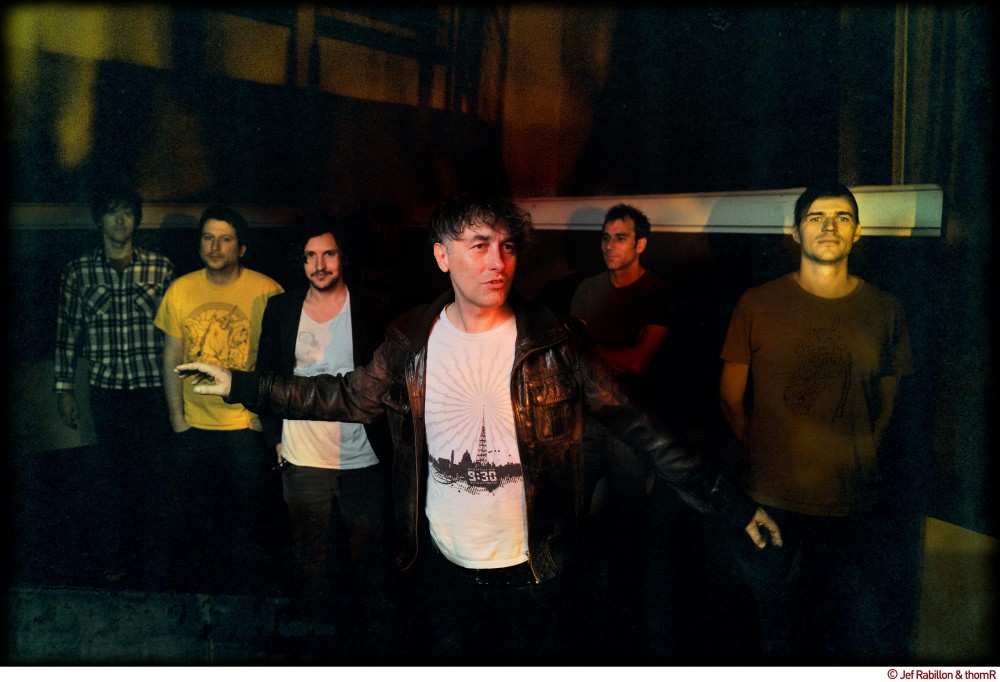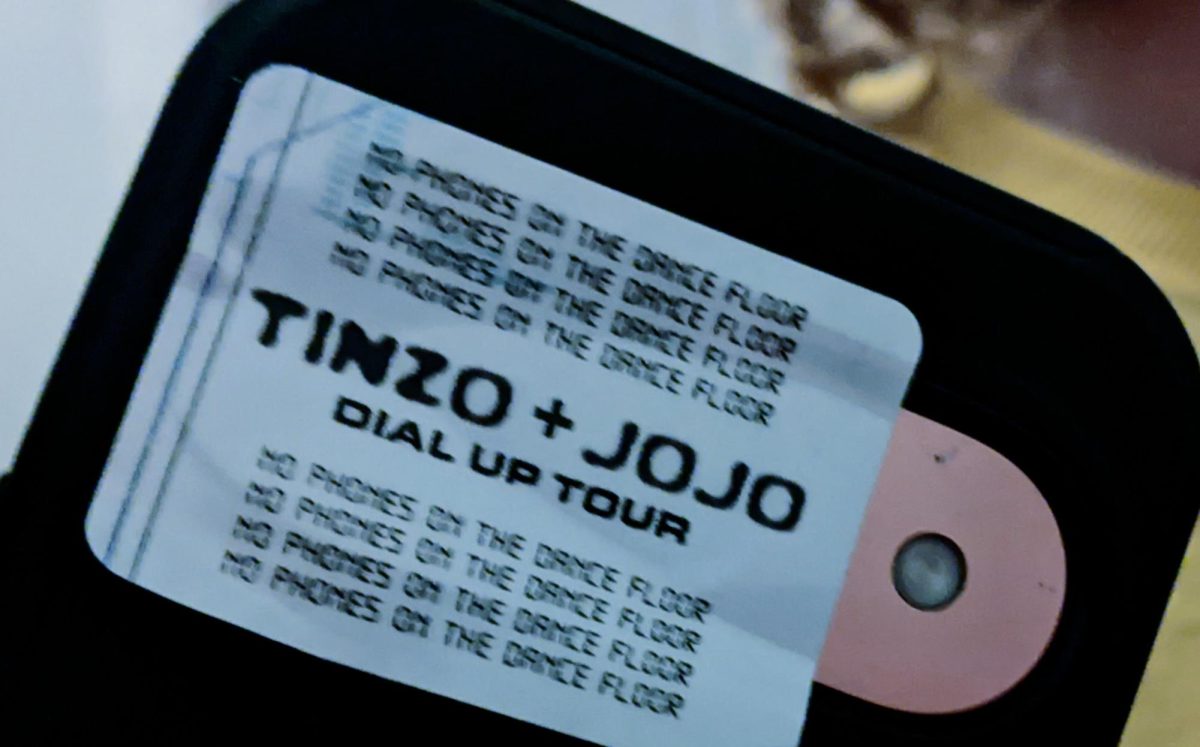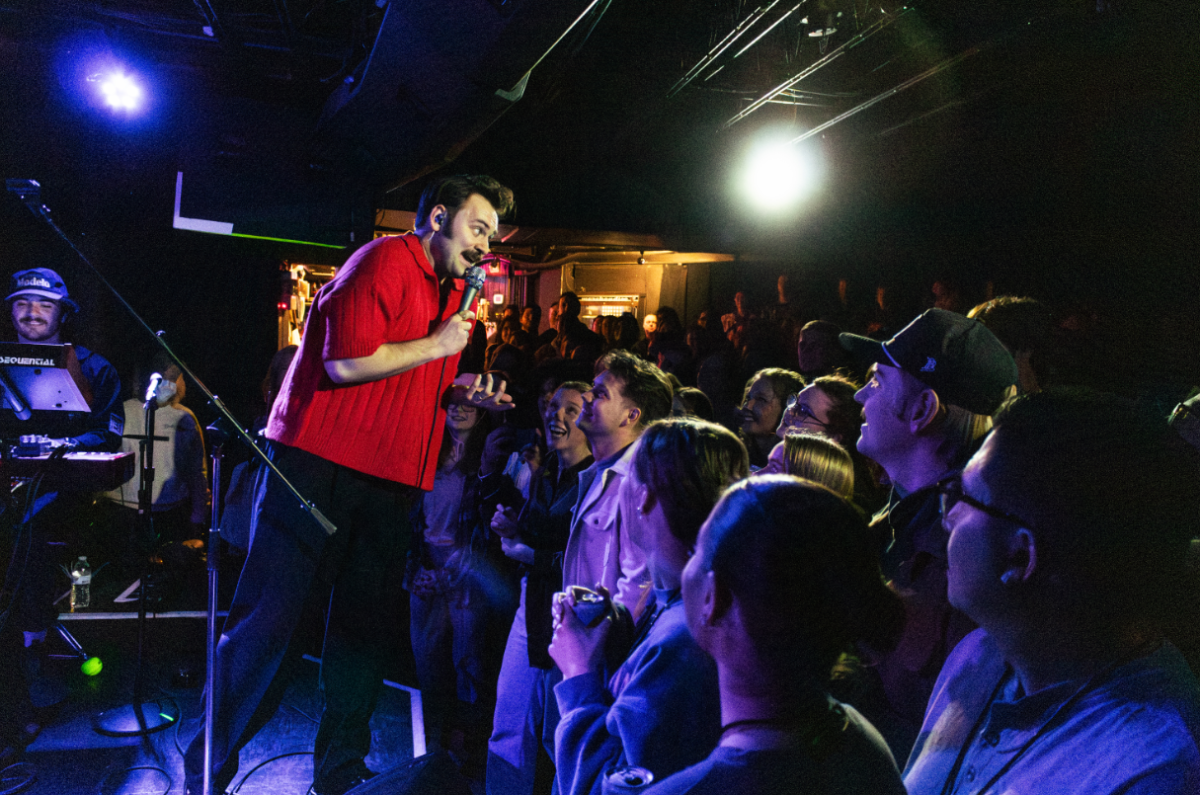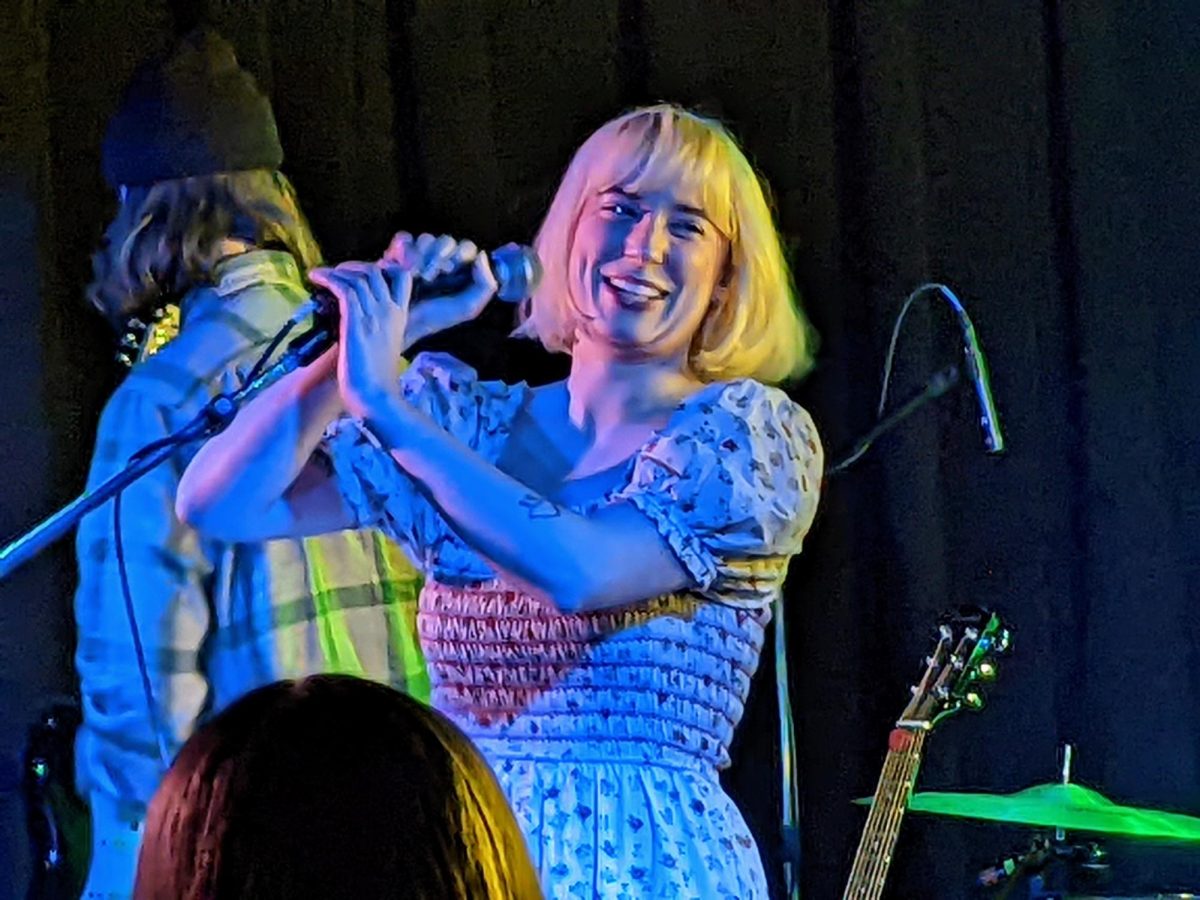What: Yann Tiersen with Felix
When: 6 p.m., Saturday
Where: First Avenue, 701 First Ave., Minneapolis
Cost: $16, 18+
He’s best known as the man behind the score to the 2001 film “Amélie.” The celebrated soundtrack to that Paris romance was full of piano, accordion and all kinds of acoustic folk instruments.
So it may come as a surprise that France’s Yann Tiersen is more comfortable working with samples, guitars and distortion.
“Before my music was used for the soundtrack to ‘Amélie,’”******** he said, “it was rock, even if it was acoustic. Piano pieces were a really tiny part of my work.”
Though he is often referred to as a film composer, his standalone albums outnumber soundtracks in his discography.
“Skyline,” his latest album, was released in the U.S. in April. While “Amélie” is heavy on piano and accordion, Tiersen said he isn’t comfortable writing songs that way, calling the piano “too complex.” As a result, he wrote much of “Skyline” on the guitar.
It is, after all, a rock album — but one with an experimental edge.
“I like to work a lot in the studio because I don’t know where I’m going,” Tiersen said. “It’s exciting.”
Clearly, Tiersen has an ear for detail in the studio. Proof of this can be heard in all of the little sound effects that are sampled and scattered throughout the album.
“When I work with effects, I like to see them as an instrument,” he said, “I play it live.” Tiersen has spent hours listening to CDs and vinyl and finding samples to incorporate.
“When you’re in the process to record something,” Tiersen explained, “your ears are open. You hear everything as a potential instrument for the music.”
One clear product of experimentation is “Vanishing Point,” one of the album’s highlights. The track, composed from samples taken from every other song on “Skyline,” was created on his laptop.
But it soon became a large-scale collaboration. Tiersen had been in contact with the Danish indie rock band Efterklang, and he emailed that instrumental sample-collage track to them.
Then Efterklang did the same thing with the lyrics, Tiersen said. They took all the lyrics from the album, cut them up, rearranged them and sang them on the track.
Tiersen’s live performances vividly demonstrate that collaborative spirit. Though he wrote all the music, his six-member touring band reinterprets the pieces in a live setting.
“Each tour, we try to reinvent [and] find a new way to play the songs,” Tiersen said. “We act like a normal band. I’m not the leader at all.”
On earlier tours, some audiences were surprised to hear Tiersen playing loud guitar, especially in contrast to the quiet, pensive sounds of his soundtracks. But by now, his fourth tour in America, he said people are no longer surprised.
“They can understand that it’s different instruments but the same music,” he said. It’s the same mood, but musically it’s an evolution of his sound.
This tour takes Tiersen and his band across the States and then back to Europe. Tiersen mentioned a new album in the future, in addition to a side project with a member of the band. “We want to record an album that’s just analog synth,” he said.
By the sound of things, Tiersen’s innovative music-making shows no sign of slowing down.








